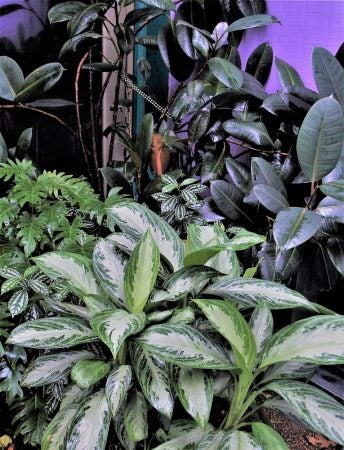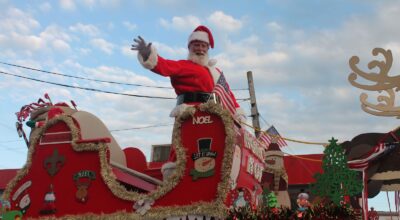Tropical plants best for indoors
Published 11:30 am Sunday, January 30, 2022

- OLYMPUS DIGITAL CAMERA
|
Getting your Trinity Audio player ready...
|
Bad times are good for potted tropical plants, as a connection of sorts for cooped up people. But bad for some plants.
I’m pondering this while keeping an eye on my outdoor garden, which a year ago had to be scraped from ice just to find my busted thermometer. So far, birds are still providing color and drama, kale and garlic are looking good, Hellebores and daffodils are flowering, and a shallow pot with mixed lettuces is sweetening up in the chilly weather, left outdoors every day it isn’t actually freezing.
And my indoors jungle is humming right along. Though my macramé pot hanger is long gone, I never outgrew the potted plant craze of the 1970s, which actually piqued my horticultural career by luring me into working in local garden centers. Even when I was in the Navy during ‘Nam I used to haul truckloads of tropical plants back to my then-in-laws’ Delta garden center.
My first home-made greenhouse, a wood frame box covered with plastic, so small I had to crawl around in it, was built to propagate new babies I would bring home from work and keep them warm over the winter. And I still have Big Jim, my 48-year-old rubber tree, along with dozens of companion plants that have somehow survived with minimal care.
So, yeah, I’ve been invested in potted tropical plants a long time, seen many come and go in popularity. And TBH not much has changed in half a century; garden centers buy trendy plants, sell them, and never see many of the customers again because the plants died miserably, causing many frustrated new gardeners to give up.
And that’s my rub. I’m seeing lots more young people take up potted plants as subtle companions and furniture substitutes; when the plants die (or just look bad, which can be worse), the inexperienced gardeners feel like failures. Again.
We do have plants that can tolerate the distinctly non-jungle climate found in our homes and offices. A few plants that are normally found thriving in bright indirect light and steamy heat can adapt somewhat to the low light, moderate temperatures, and extreme low humidity. At least for awhile.
The best are those with dark green, wide, thick leaves, like Sansevierieas (snake plant, mother-in-lawn tongue, etc.), rubber tree, dwarf shefflera, philodendrons, various Dracaenas, ZZ plant, Chinese evergreen (Aglaonema), and Euphorbias (crown of thorns, pencil cactus, etc.). There are others, but these look happiest the longest, even when they are not.
Those are the ones that keep gardeners coming back for more. But when I see humidity-dependent ferns and orchids, sun-loving succulents, gimmicky insect-eating bog plants, finicky bonsai, and other alluring but persnickety plants being sold by the jillions, I shudder both for the plants and the would-be gardeners.
Here’s what you can do, in my long experience, which I do myself because it works: First, start with some of the ones I mentioned earlier, and give them as much indirect light as you possibly can, near if not in a window. “Grow lights” are just okay, unless they are within inches of the plants. Really.
Keep them out of heater and AC drafts, which dry them out more quickly than they can tolerate (and no, misting doesn’t help). Water only when needed, not all the time or regularly. Fertilize at half strength. Snip off bad leaves, prune leggy stems. Occasionally rinse dusty leaves. Expect some to not survive.
Go to a good interiors store and find modern, very realistic synthetic substitutes. They’re not alive, but it’s not “cheating” – or failing with hapless living jungle plants.
Felder Rushing is a Mississippi author, columnist, and host of the “Gestalt Gardener” on MPB Think Radio. Email gardening questions to rushingfelder@yahoo.com.





